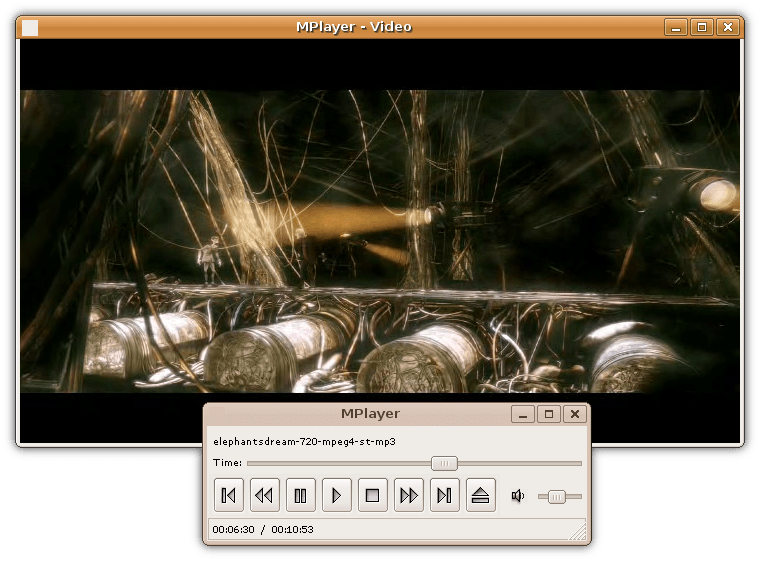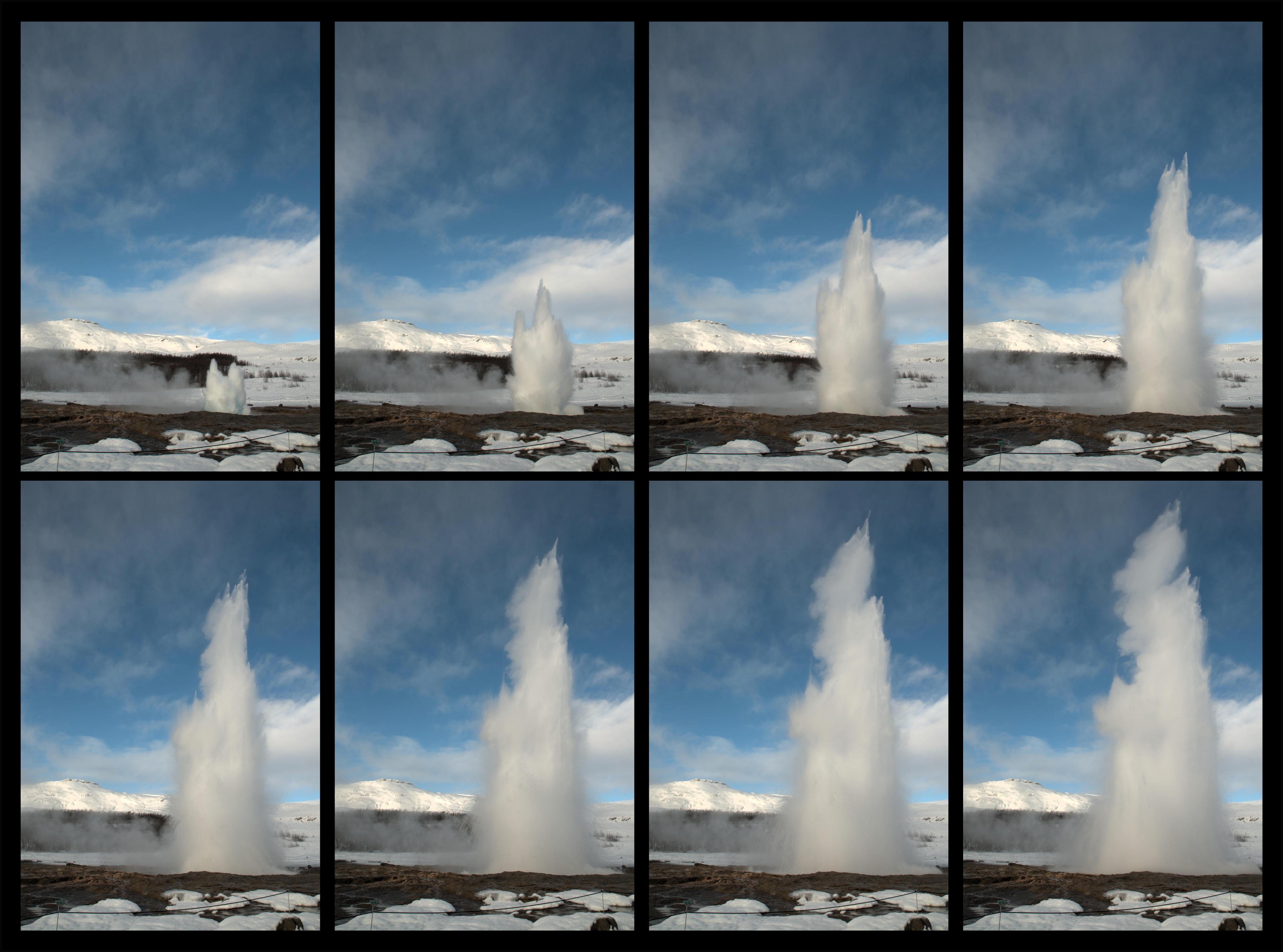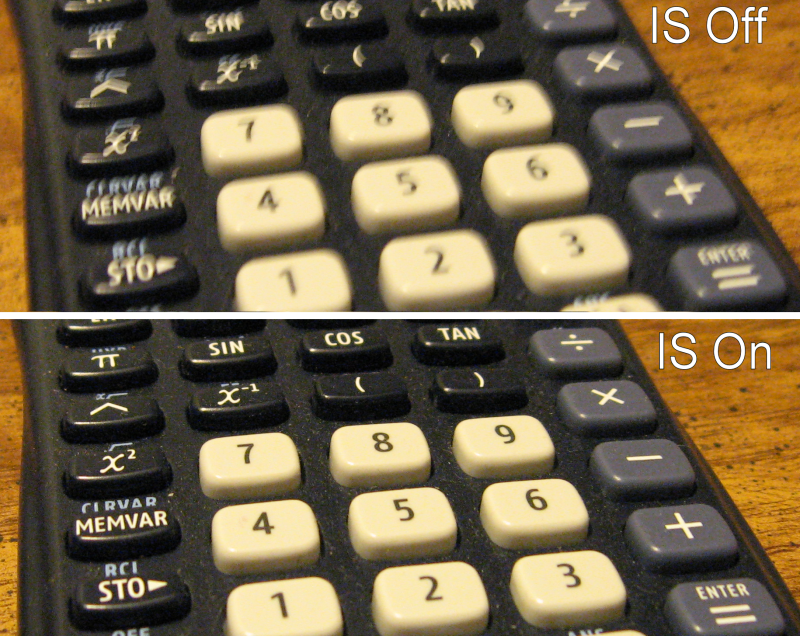|
Panasonic Lumix DMC-FS3
The Panasonic Lumix DMC-FS3 is a digital ultracompact camera announced by Panasonic on January 29, 2008. It has eight megapixels, triple optical zoom, 16:9 wide VGA video recording at 30 frames per second, versatile scene modes, and an accelerometer sensor for orientation tagging. Exterior The DMC-FS3 has a metallic case and is available in silver, black, blue and pink colour options. Its exterior, user interface and firmware are nearly identical to that of the Panasonic Lumix DMC-FS5. The device is equipped with an autofocus lamp and an Xenon flash. Lens Its Leica lens has an aperture of 2.8 to 5.1 and 8.0 to 14.0 for brighter environments, respectively at a 35mm equivalent focal length of 33mm to 100mm. Its jitter-compensating optical image stabilization can be toggled, and optionally be set to operate while previewing in the view finder (''Mode 1''), or only during shutter (''Mode 2''), the latter of which slightly reduces power consumption. Jitter and movement can ... [...More Info...] [...Related Items...] OR: [Wikipedia] [Google] [Baidu] |
Panasonic
formerly between 1935 and 2008 and the first incarnation of between 2008 and 2022, is a major Japanese multinational corporation, multinational Conglomerate (company), conglomerate corporation, headquartered in Kadoma, Osaka, Kadoma, Osaka Prefecture, Osaka. It was founded by Kōnosuke Matsushita in 1918 as a lightbulb socket manufacturer. In addition to consumer electronics, of which it was the world's largest maker in the late 20th century, Panasonic offers a wide range of products and services, including Rechargeable battery, rechargeable batteries, automotive and avionic systems, industrial systems, as well as home renovation and construction. Panasonic has a primary listing on the Tokyo Stock Exchange and is a constituent of the Nikkei 225 and TOPIX, TOPIX 100 indices. It has a secondary listing on the Nagoya Stock Exchange. Corporate name From 1935 to October 1, 2008, the company's corporate name was "Matsushita Electric Industrial Co." (MEI). On January 10, 2008, the ... [...More Info...] [...Related Items...] OR: [Wikipedia] [Google] [Baidu] |
Panasonic Lumix DMC-FS5
The Panasonic Lumix DMC-FS5 is a compact digital camera announced by Panasonic on January 29, 2008. Its exterior, user interface and firmware is nearly identical to that of the Panasonic Lumix DMC-FS3 The Panasonic Lumix DMC-FS3 is a digital ultracompact camera announced by Panasonic on January 29, 2008. It has eight megapixels, triple optical zoom, 16:9 wide VGA video recording at 30 frames per second, versatile scene modes, and an accelerom .... References FS5 Live-preview digital cameras Cameras introduced in 2008 Digital cameras with CCD image sensor {{Camera-stub ... [...More Info...] [...Related Items...] OR: [Wikipedia] [Google] [Baidu] |
Composite A/V
Composite or compositing may refer to: Materials * Composite material, a material that is made from several different substances ** Metal matrix composite, composed of metal and other parts ** Cermet, a composite of ceramic and metallic materials ** Dental composite, a substance used to fill cavities in teeth ** Composite armor, a type of tank armor * Alloy, a mixture of a metal and another element * Mixture, the combination of several different substances without chemical reaction Mathematics * Composite number, a positive integer that has at least one factor other than one or itself Science * Composite particle, a particle which is made up of smaller particles * '' Compositae'' or "composite family" of flowering plants * Composite volcano, a layered conical volcano * Compositing, another name for superposed epoch analysis, a statistical method used to analyze time series involving multiple events Technology * Compositing, combining of visual elements from separate ... [...More Info...] [...Related Items...] OR: [Wikipedia] [Google] [Baidu] |
Video Player
Media player software is a type of application software for playing multimedia computer files like audio and video files. Media players commonly display standard media control icons known from physical devices such as tape recorders and CD players, such as play ( ), pause ( ), fastforward (⏩️), backforward (⏪), and stop ( ) buttons. In addition, they generally have progress bars (or "playback bars"), which are sliders to locate the current position in the duration of the media file. Mainstream operating systems have at least one default media player. For example, Windows comes with Windows Media Player, Microsoft Movies & TV and Groove Music, while macOS comes with QuickTime Player and Music. Linux distributions come with different media players, such as SMPlayer, Amarok, Audacious, Banshee, MPlayer, mpv, Rhythmbox, Totem, VLC media player, and xine. Android comes with Google Play Music for audio and Google Photos for video ... [...More Info...] [...Related Items...] OR: [Wikipedia] [Google] [Baidu] |
Optical Image Stabilization
Image stabilization (IS) is a family of techniques that reduce blurring associated with the motion of a camera or other imaging device during exposure. Generally, it compensates for pan and tilt (angular movement, equivalent to yaw and pitch) of the imaging device, though electronic image stabilization can also compensate for rotation. It is mainly used in high-end image-stabilized binoculars, still and video cameras, astronomical telescopes, and also smartphones. With still cameras, camera shake is a particular problem at slow shutter speeds or with long focal length lenses (telephoto or zoom). With video cameras, camera shake causes visible frame-to-frame jitter in the recorded video. In astronomy, the problem of lens shake is added to variation in the atmosphere, which changes the apparent positions of objects over time. Application in still photography In photography, image stabilization can facilitate shutter speeds 2 to 5.5 stops slower (exposures 4 to times lo ... [...More Info...] [...Related Items...] OR: [Wikipedia] [Google] [Baidu] |
Motion JPEG
Motion JPEG (M-JPEG or MJPEG) is a video compression format in which each video frame or interlaced field of a digital video sequence is compressed separately as a JPEG image. Originally developed for multimedia PC applications, Motion JPEG enjoys broad client support: most major web browsers and players provide native support, and plug-ins are available for the rest. Software and devices using the M-JPEG standard include web browsers, media players, game consoles, digital cameras, IP cameras, webcams, streaming servers, video cameras, and non-linear video editors. History Motion JPEG was originally developed for multimedia PC applications. Early implementations of MJPEG were generally implemented in Hardware. C-Cube was an early proponent with their CL550 JPEG codec been used in several hardware implementations. It was announced that the NeXTdimension from NeXT would ship with an onboard CL550 to implement MJPEG. This was however later shelved and wasn't included in ... [...More Info...] [...Related Items...] OR: [Wikipedia] [Google] [Baidu] |
QVGA
The graphics display resolution is the width and height dimension of an electronic visual display device, measured in pixels. This information is used for electronic devices such as a computer monitor. Certain combinations of width and height are standardized (e.g. by VESA) and typically given a name and an initialism that is descriptive of its dimensions. A graphics display resolution can be used in tandem with the size of the graphics display to calculate pixel density. An increase in the pixel density often correlates with a decrease in the size of individual pixels on a display. Overview by vertical resolution and aspect ratio Aspect ratio The favored aspect ratio of mass-market display industry products has changed gradually from 4:3, then to 16:10, then to 16:9, and is now changing to 18:9 for smartphones. The 4:3 aspect ratio generally reflects older products, especially the era of the cathode ray tube (CRT). The 16:10 aspect ratio had its largest use in the 19 ... [...More Info...] [...Related Items...] OR: [Wikipedia] [Google] [Baidu] |
640x480
The graphics display resolution is the width and height dimension of an electronic visual display device, measured in pixels. This information is used for electronic devices such as a computer monitor. Certain combinations of width and height are standardized (e.g. by VESA) and typically given a name and an initialism that is descriptive of its dimensions. A graphics display resolution can be used in tandem with the size of the graphics display to calculate pixel density. An increase in the pixel density often correlates with a decrease in the size of individual pixels on a display. Overview by vertical resolution and aspect ratio Aspect ratio The favored aspect ratio of mass-market display industry products has changed gradually from 4:3, then to 16:10, then to 16:9, and is now changing to 18:9 for smartphones. The 4:3 aspect ratio generally reflects older products, especially the era of the cathode ray tube (CRT). The 16:10 aspect ratio had its largest use in the 19 ... [...More Info...] [...Related Items...] OR: [Wikipedia] [Google] [Baidu] |
Burst Shot
Burst mode, also called continuous shooting mode, sports mode, continuous mode, or burst shot, is a shooting mode in still cameras where several photos are captured in quick succession by either pressing the shutter button or holding it down. This is used mainly when the subject is in successive motion, such as sports photography. The photographer can then select the best image of the group or arrange them in a sequence to study the transitions in detail. Details The speed at which successive photographs can be captured depends on several factors, but mainly on the processing power of the camera. Disabling certain features such as post processing which the camera applies automatically after capturing each image will usually allow a faster rate of capture. While some cheaper point and shoot cameras may have a multi-image burst function which allows them to capture a number of frames within a second with a single shutter button press, most film and digital SLR cameras will cont ... [...More Info...] [...Related Items...] OR: [Wikipedia] [Google] [Baidu] |
Optical Image Stabilization
Image stabilization (IS) is a family of techniques that reduce blurring associated with the motion of a camera or other imaging device during exposure. Generally, it compensates for pan and tilt (angular movement, equivalent to yaw and pitch) of the imaging device, though electronic image stabilization can also compensate for rotation. It is mainly used in high-end image-stabilized binoculars, still and video cameras, astronomical telescopes, and also smartphones. With still cameras, camera shake is a particular problem at slow shutter speeds or with long focal length lenses (telephoto or zoom). With video cameras, camera shake causes visible frame-to-frame jitter in the recorded video. In astronomy, the problem of lens shake is added to variation in the atmosphere, which changes the apparent positions of objects over time. Application in still photography In photography, image stabilization can facilitate shutter speeds 2 to 5.5 stops slower (exposures 4 to times lo ... [...More Info...] [...Related Items...] OR: [Wikipedia] [Google] [Baidu] |
Focal Length
The focal length of an optical system is a measure of how strongly the system converges or diverges light; it is the inverse of the system's optical power. A positive focal length indicates that a system converges light, while a negative focal length indicates that the system diverges light. A system with a shorter focal length bends the rays more sharply, bringing them to a focus in a shorter distance or diverging them more quickly. For the special case of a thin lens in air, a positive focal length is the distance over which initially collimated (parallel) rays are brought to a focus, or alternatively a negative focal length indicates how far in front of the lens a point source must be located to form a collimated beam. For more general optical systems, the focal length has no intuitive meaning; it is simply the inverse of the system's optical power. In most photography and all telescopy, where the subject is essentially infinitely far away, longer focal length (lower opti ... [...More Info...] [...Related Items...] OR: [Wikipedia] [Google] [Baidu] |
35mm Equivalent
In photography, the 35 mm equivalent focal length is a measure that indicates the angle of view of a particular combination of a camera lens and film or sensor size. The term is popular because in the early years of digital photography, most photographers experienced with interchangeable lenses were most familiar with the 35 mm film format. On any 35 mm film camera, a 28 mm lens is a wide-angle lens, and a 200 mm lens is a long-focus lens. However, now that digital cameras have mostly replaced 35 mm cameras, there is no uniform relation between the focal length of a lens and the angle of view, since the size of the camera sensor also determines angle of view, and sensor size is not standardized as film size was. The 35 mm equivalent focal length of a particular lens–sensor combination is the focal length that one would need for a 35 mm film camera to obtain the same angle of view. Most commonly, the 35 mm equivalent focal length is b ... [...More Info...] [...Related Items...] OR: [Wikipedia] [Google] [Baidu] |
.jpg)


